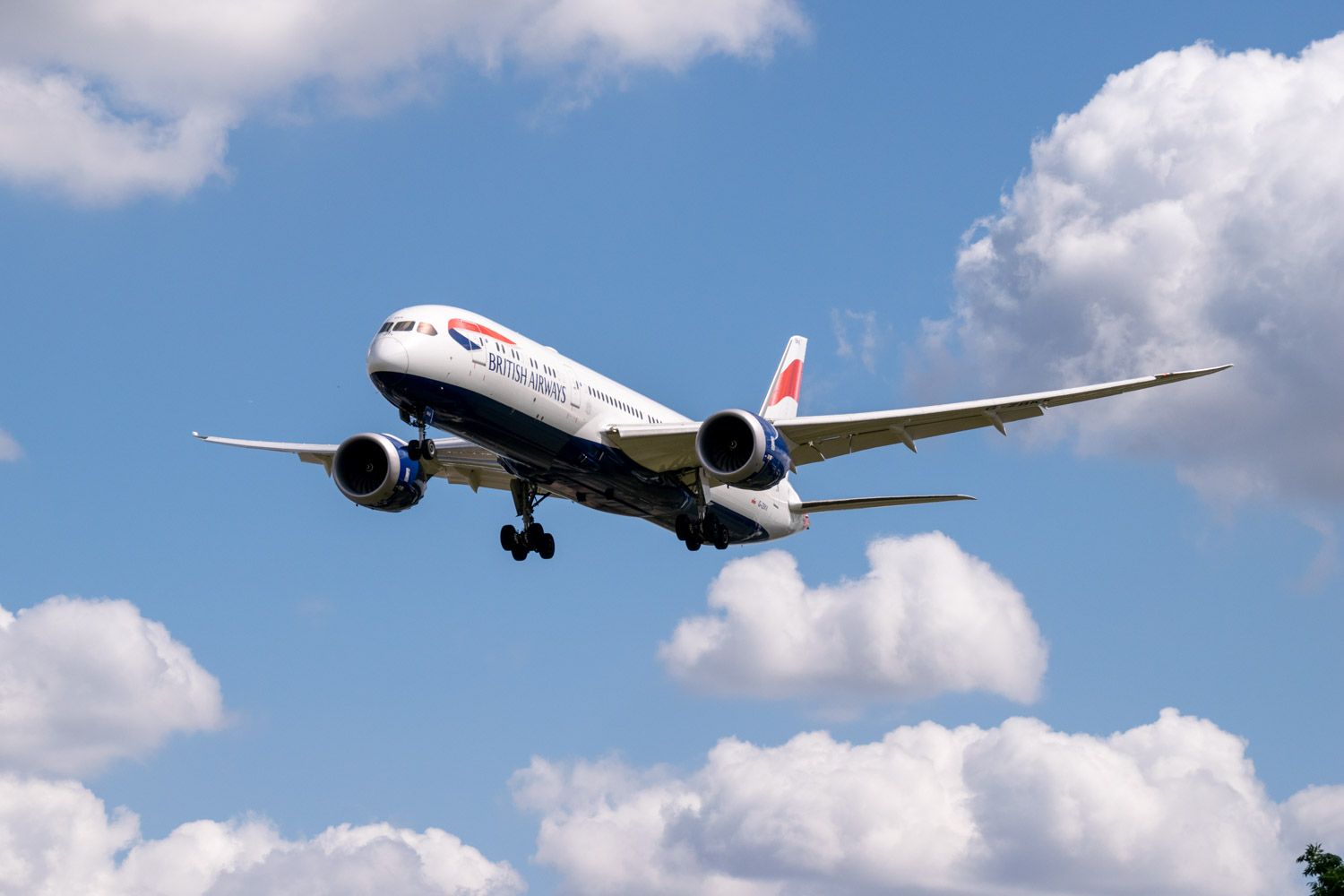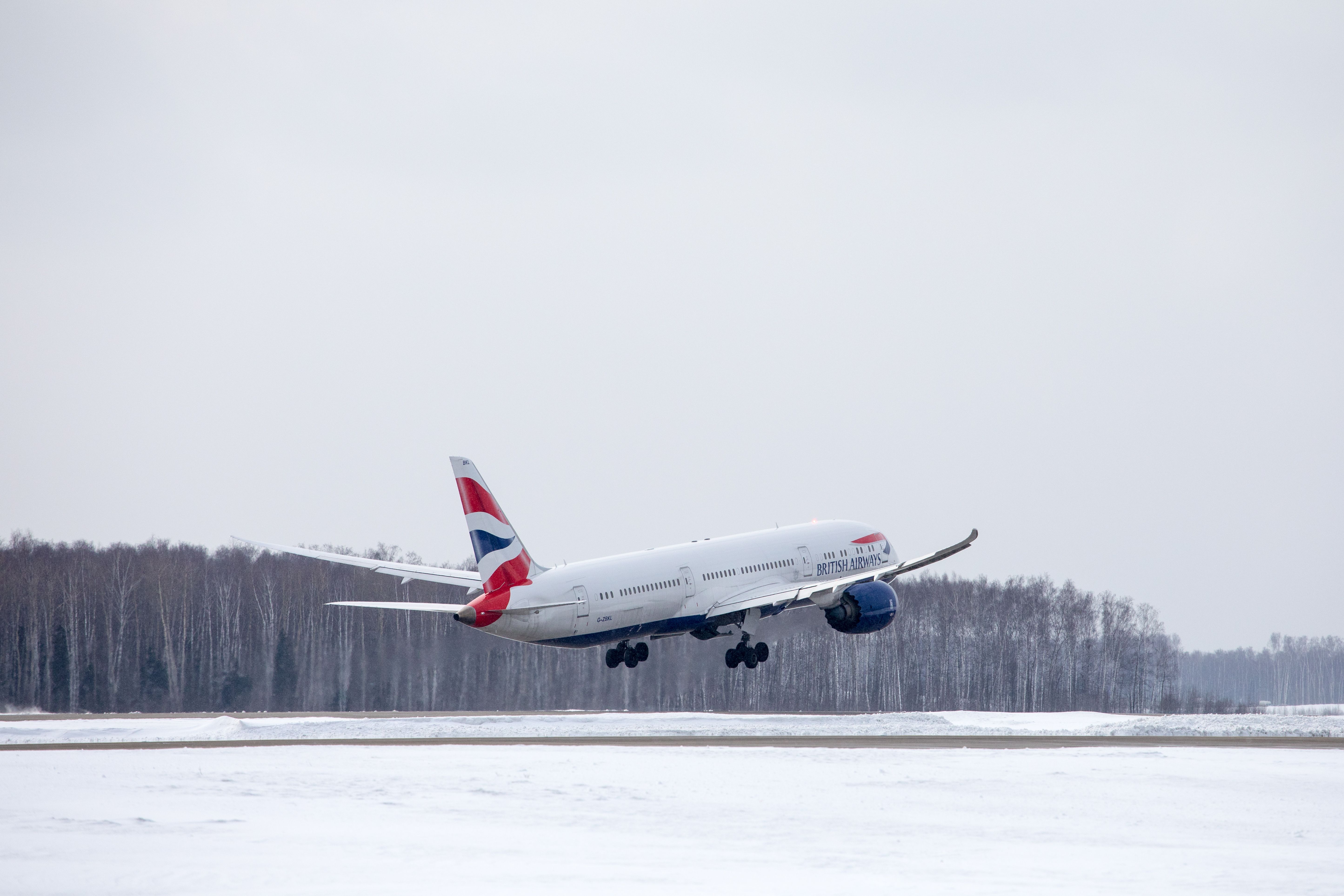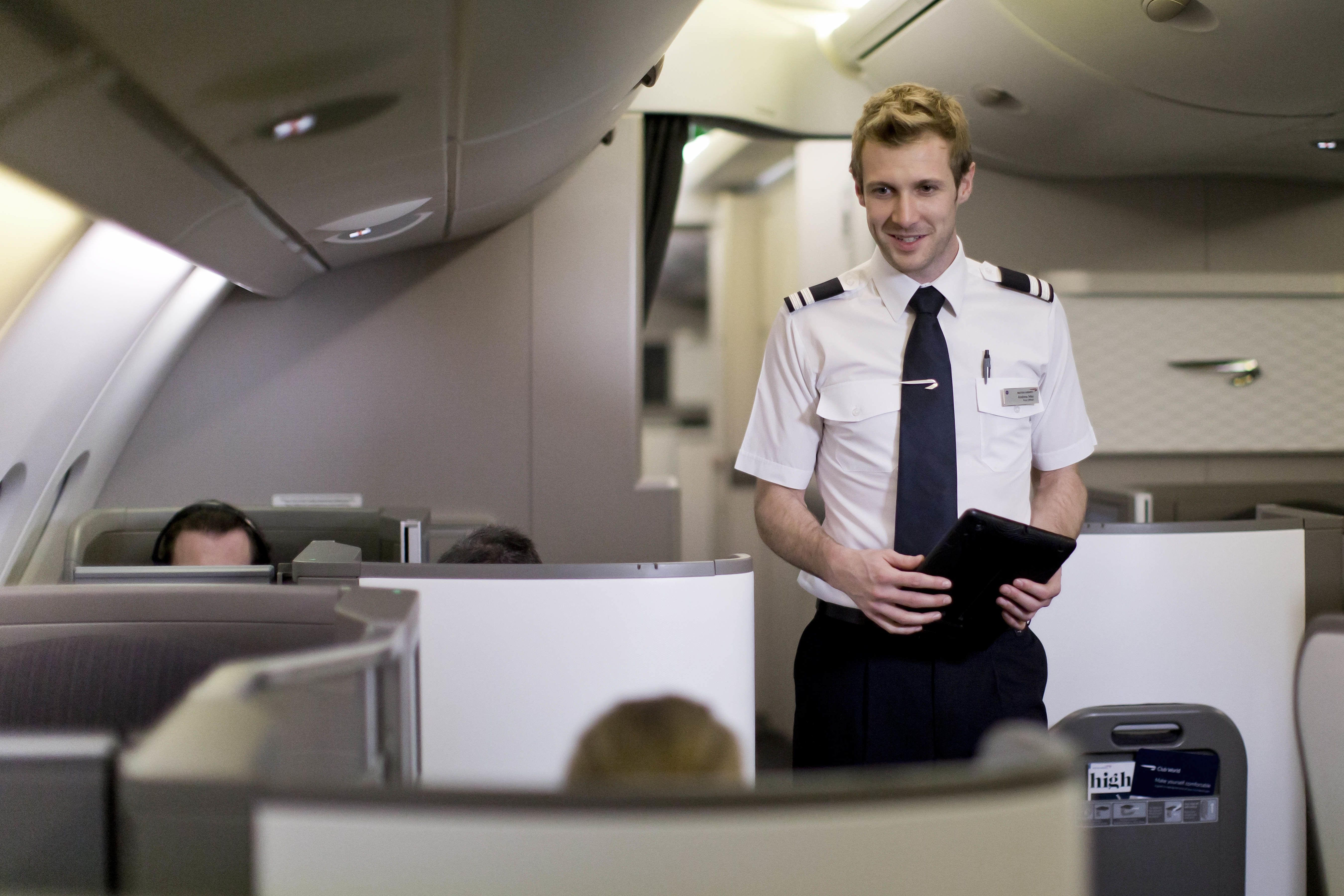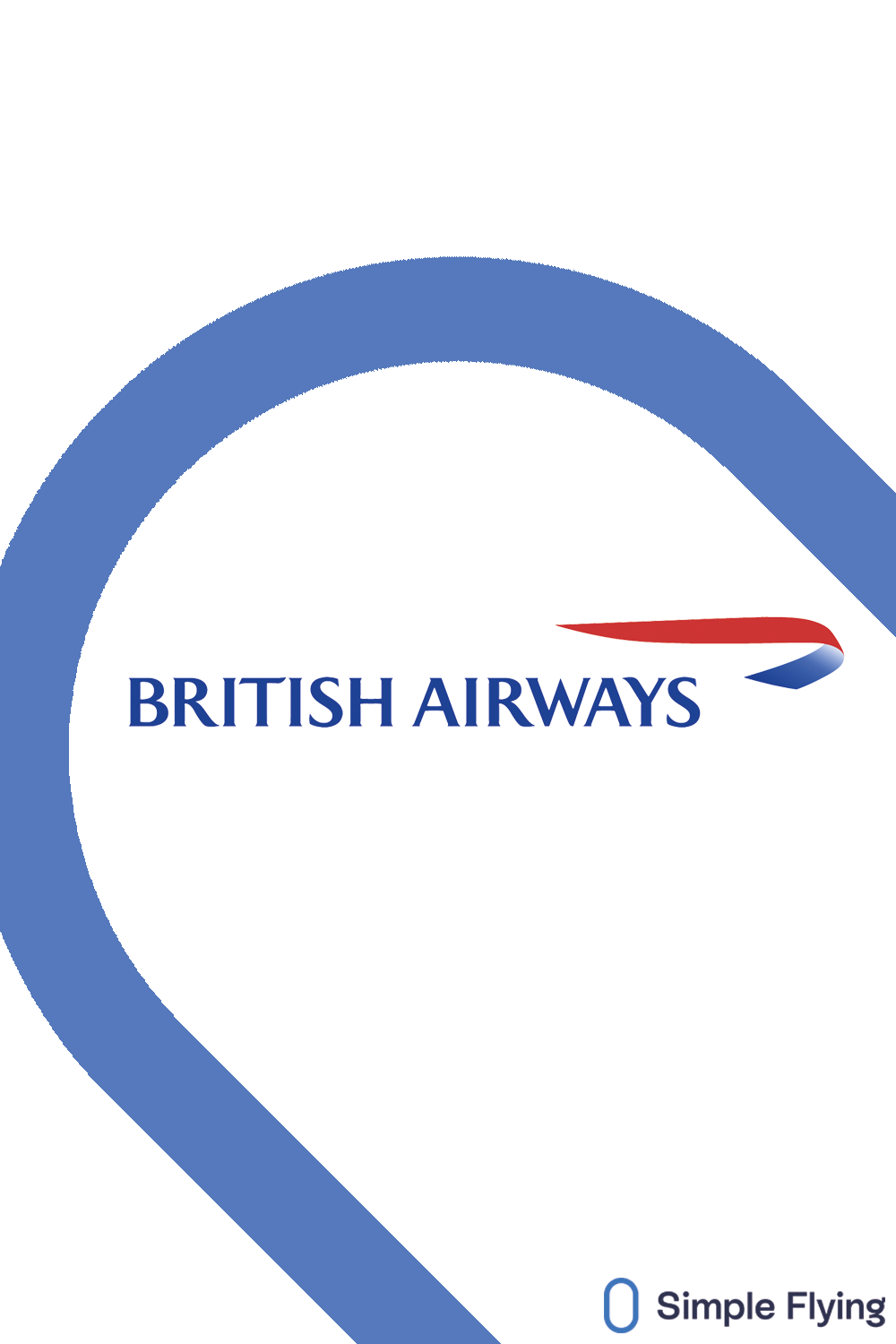Even mighty British Airways is not above United States aviation law. The US Department of Transportation (USDOT) imposed a fine for a stranding in Austin, Texas, of $135,000 with $67,500 due within 30 days and the other half suspended depending on compliance.
The incident
Reviewing the five-page consent order linked below, the consent order makes clear that on December 7, 2017, a British Airways Boeing 787 Dreamliner on flight BA190 was delayed due to a need for deicing and sufficient deicing fluid supply. Rarely does the risk of icing, in this case from a snow event, come to Austin-Bergstrom International Airport (AUS).
However, one should note that the deicing truck on the first attempt ran out of fluid. During the wait for a second deicing attempt, passengers were provided food and water but did not return to a gate. The second attempt began shortly after three hours into the deicing process and took well over an hour to complete. The total wait to take-off from the AUS gate was four hours and 27 minutes – 27 minutes past US legally allowed limits without an opportunity to deplane, stretch one’s legs and such.
In the consent order, British Airways' responded that the pilots, with years of experience, felt the deicing would be completed within four hours. Furthermore, the settlement was only consented to, "In the interest of resolving this proceeding".
Why deicing matters
Now, deicing aircraft is vital to safety as ice buildup on aircraft affects the aerodynamics. As a result, the aircraft may not be able to maintain lift and powered flight – as was the case with January 13, 1982’s Air Florida Flight 90 tragedy where 74 souls onboard and four on the ground were lost. This tragedy was a result of the Boeing 737-200 covered with ice impacting a bridge shortly after take-off. So yes, deicing is essential to safe flight.
Read our guide “How Aircraft Ground De-Icing And Anti-Icing Works”
According to the order, deicing is an airline’s responsibility. Furthermore, this is according to US code, where as per 14 CFR 121.629(c), there is a requirement for each airline to have a clear deicing plan.
The legal code
Nonetheless, US law is clear. A review of 14 CFR 259.4 shows that each airline has a contingency plan for overlong tarmac delays. However, USDOT also cited British Airways for violating 49 U.S.C. § 41712, which allows the department to sanction airlines who are “engaged in an unfair or deceptive practice or unfair method of competition” due to British Airways not adhering to its contingency plan for lengthy tarmac delays.
Get the latest aviation news straight to your inbox: Sign up for our newsletters today.
Having passengers forced to remain on board a jetliner for four hours and 27 minutes before take-off arguably applies. Furthermore, on April 25, 2011, the USDOT issued a “Tarmac Delay Rule” under US Code Section 14 CFR 259.4 requiring a Contingency Plan for Lengthy Tarmac Delays. As per 14 CFR 259.4 a foreign carrier operating in the United States – like British Airways – must have a contingency plan to deplane passengers if the main aircraft door(s) are kept closed on the ground for more than four hours.
Bottom line
British Airways’ aircrew had to take a calculated risk during an icing event, whether or not to request to return to an airport gate and add additional time and complexity during an adverse weather event while waiting for deicing at an airport that rarely experiences icing events. The calculated risk may have gotten the aircraft safely into the air but it cost the airline at least $67,500.
What would you have done with these facts? Please share with civility in the comments section.
Source: Transportation.gov




